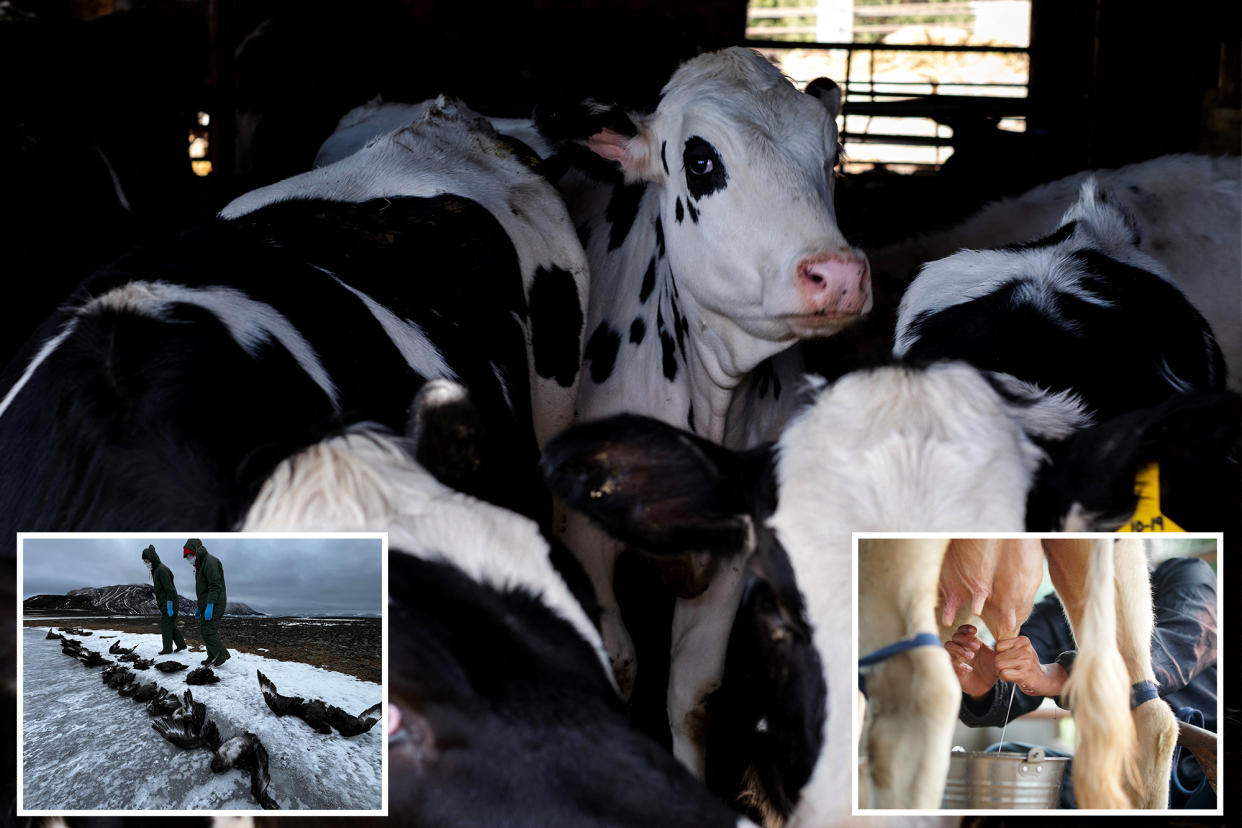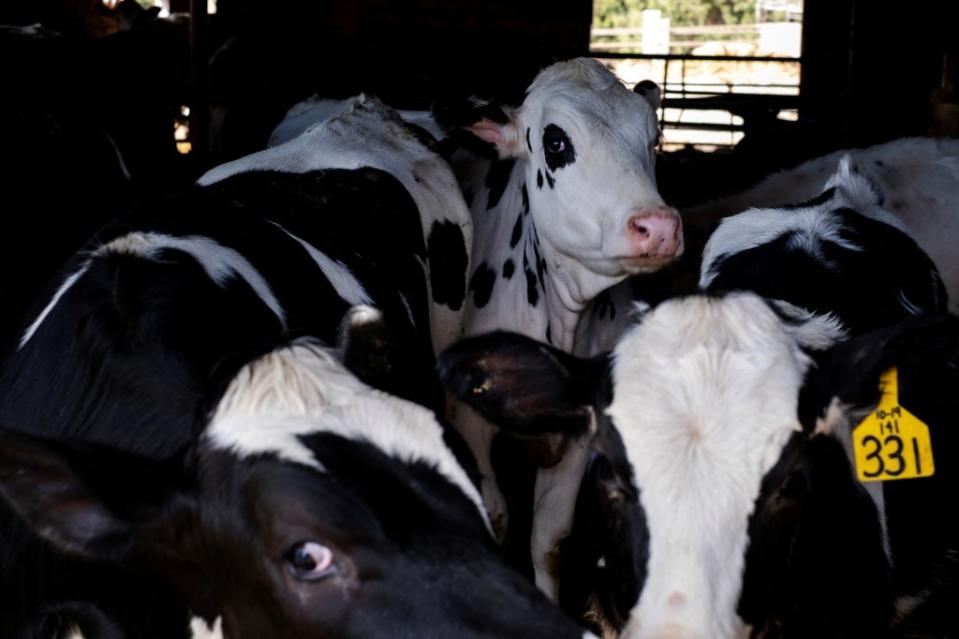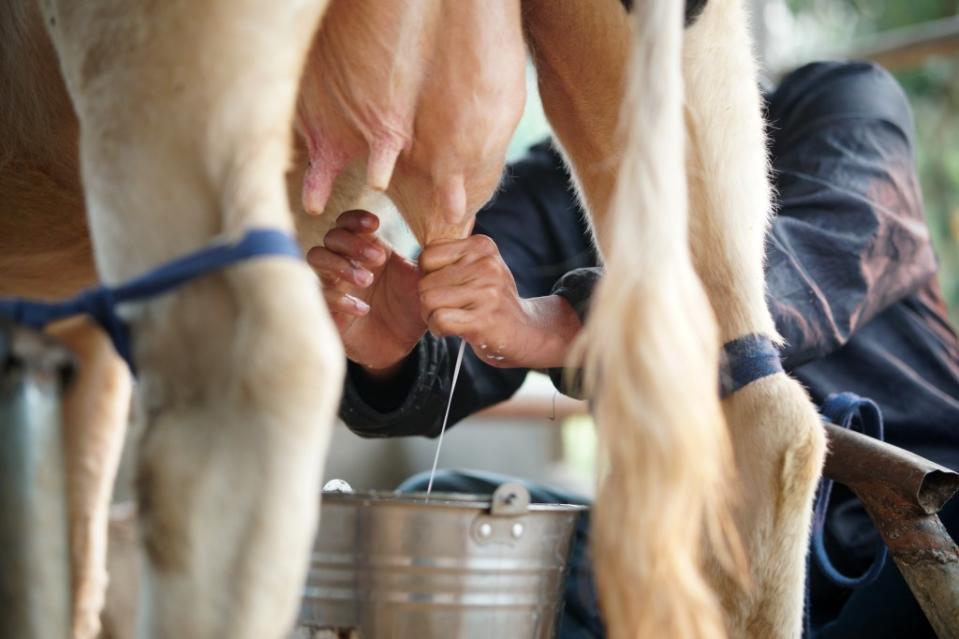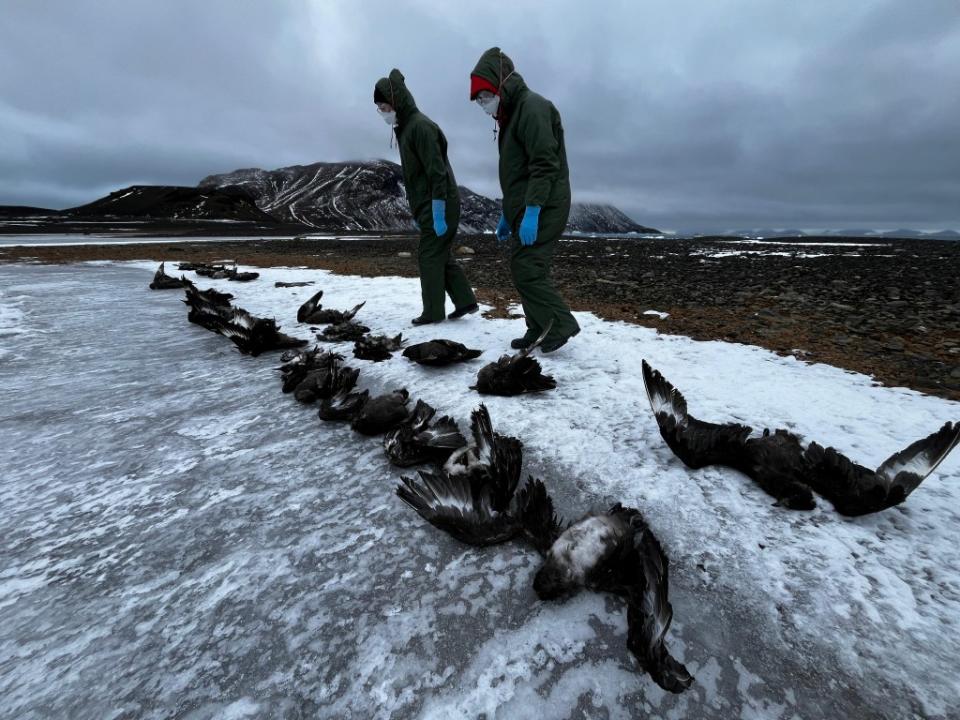Bird flu traces have been detected in milk — is it safe to drink?

Got milk?
The Food and Drug Administration announced this week that traces of bird flu have been found in samples of pasteurized milk obtained from grocery shelves, leaving consumers wondering if they should toss their jugs.
But the FDA and the US Department of Agriculture claim that the commercial milk supply is safe because of the pasteurization process — heating milk to kill potentially harmful bacteria and viruses — and the diversion or destruction of milk from sick cows.
The National Milk Producers Federation noted this week that the “viral fragments detected” in the milk samples “are nothing more than evidence that the virus is dead; they have zero impact on human health.”
“There’s little risk of transmission in eggs and milk because you need to have direct contact with the infected animal itself. But more than that, the pasteurization process would kill any viable virus in there,” Dr. Scott Roberts, an assistant professor in infectious diseases at Yale School of Medicine, said in a statement.

He advises consuming pasteurized milk and eggs and avoiding raw products.
“People are certainly more aware of the threat of pandemics now than they were five years ago,” Roberts continued. “In contrast to COVID, we know this is circulating and we know this is a growing problem. So hopefully that gives us enough planning time where we can stop any future potential pandemics 10 years down the road.”

Yet, the federal government’s response to the H5N1 bird flu outbreaks in dairy cows has come under fire from scientists who say the USDA has been slow to share data — and what’s been released has been incomplete.
“There’s a whole community around the world of people like me and my colleagues, who have a lot of experience with this and often can see things or do analyses that might show something that others have missed,” Dr. Michael Worobey, a professor of ecology and evolutionary biology at the University of Arizona, told CNN this week.
“You don’t want essentially one group to be the only ones looking at the data. You want everyone, all the experts around the world to be able to do that,” Worobey added.
Type A H5N1 was first detected in 1959 — and late last month, the USDA reported that dairy cows in Texas and Kansas had tested positive for the highly contagious virus.
Since then, it’s spread to herds in at least eight states, including Ohio and North Carolina.

Earlier this month, the Texas health department reported the first human case in the state — the person became ill after having contact with dairy cows presumed to be infected. The patient’s main symptom was pink eye.
However, transmission from birds to humans is rare, and human-to-human transmission is even more unlikely.
As far as milk goes, the FDA says it’s conducting further tests and promises to release the results in the coming days or weeks.

